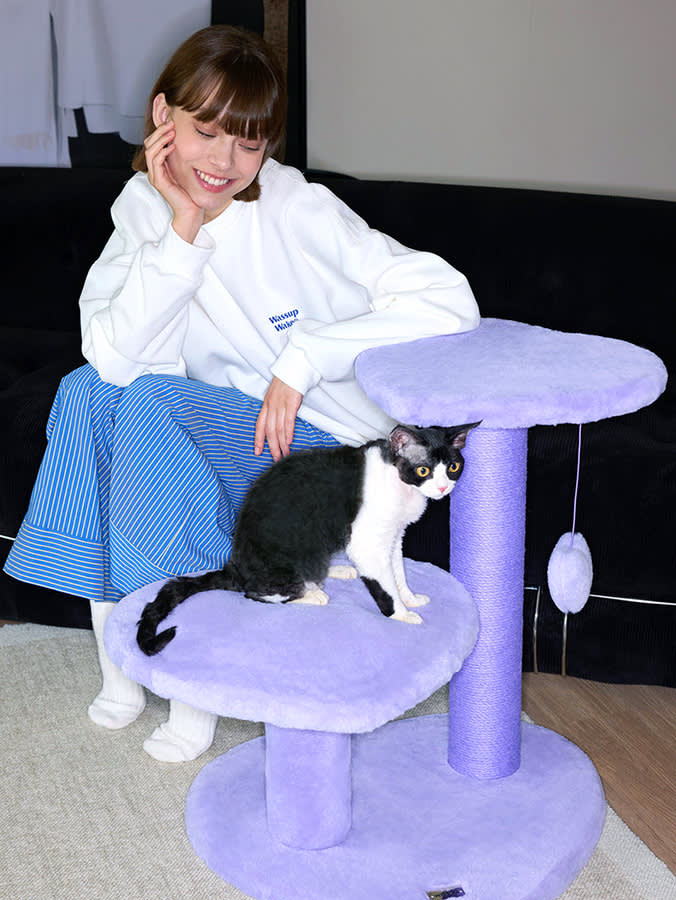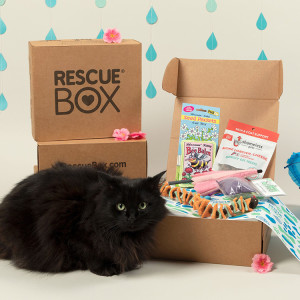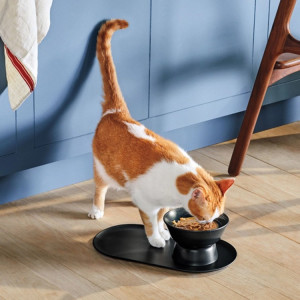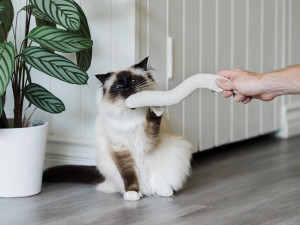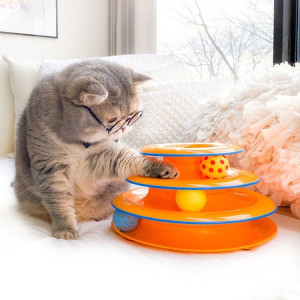The Best Toys for Kittens in 2025
They love to play, and you need to keep them busy. Here you go.
In This Article:
The Best Toys for Hunters The Best Toys for Prowlers The Best Toys for Climbers Toys for Brainy Kitties How to Choose the Best Toys How Do Kittens Play? Features to Look for in Kitten Toys Why Is Play Important?
Kittens may look like innocent little fluff balls, ripe for cuddling, but don’t be fooled. They are that, of course, but they are also sharp-clawed chaos demons who will turn your home into a cat-scratched disaster area if you don’t keep them adequately entertained. This means engaging them in regular play sessions that challenge both their minds and bodies. And the best way to do this is with toys.
Not all toys are created equal, though. The best toys are the ones that allow your kitten to utilize and hone their instincts for prowling, hunting, climbing, and problem solving — all the things they would need to do in the wild in order to survive. Just because your home is a far cry from the North African grasslands on which your kitten’s ancient ancestors once roamed as both hunter and prey, doesn’t mean the instincts that helped those bygone felines survive are any less present in your kitten today.
Even if your kitten learns early on that food comes from a can, which is served to them on a plate by you, their inborn desire to hunt will remain. And if you don’t want them to become depressed or engage in destructive behaviors, that desire needs an outlet.
The best outlet for your particular kitten depends on their personality. Some kittens are more physical — they pounce and jump and bounce off walls with seemingly boundless energy — while others are more tactical — they watch closely, and only strike when the time is right. And still others are more interested in climbing and patrolling — surveying their territory and keeping it safe from interlopers — than going in for the kill.
